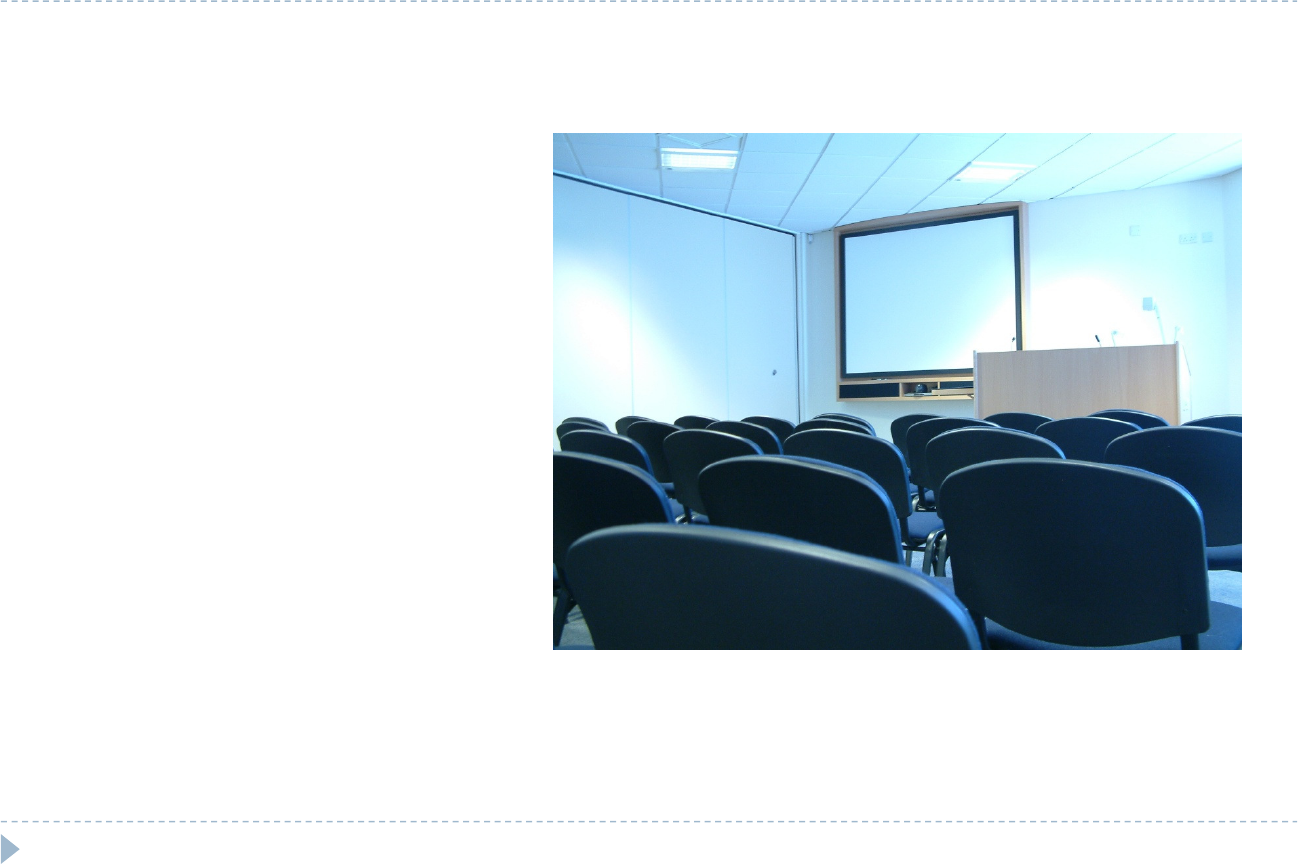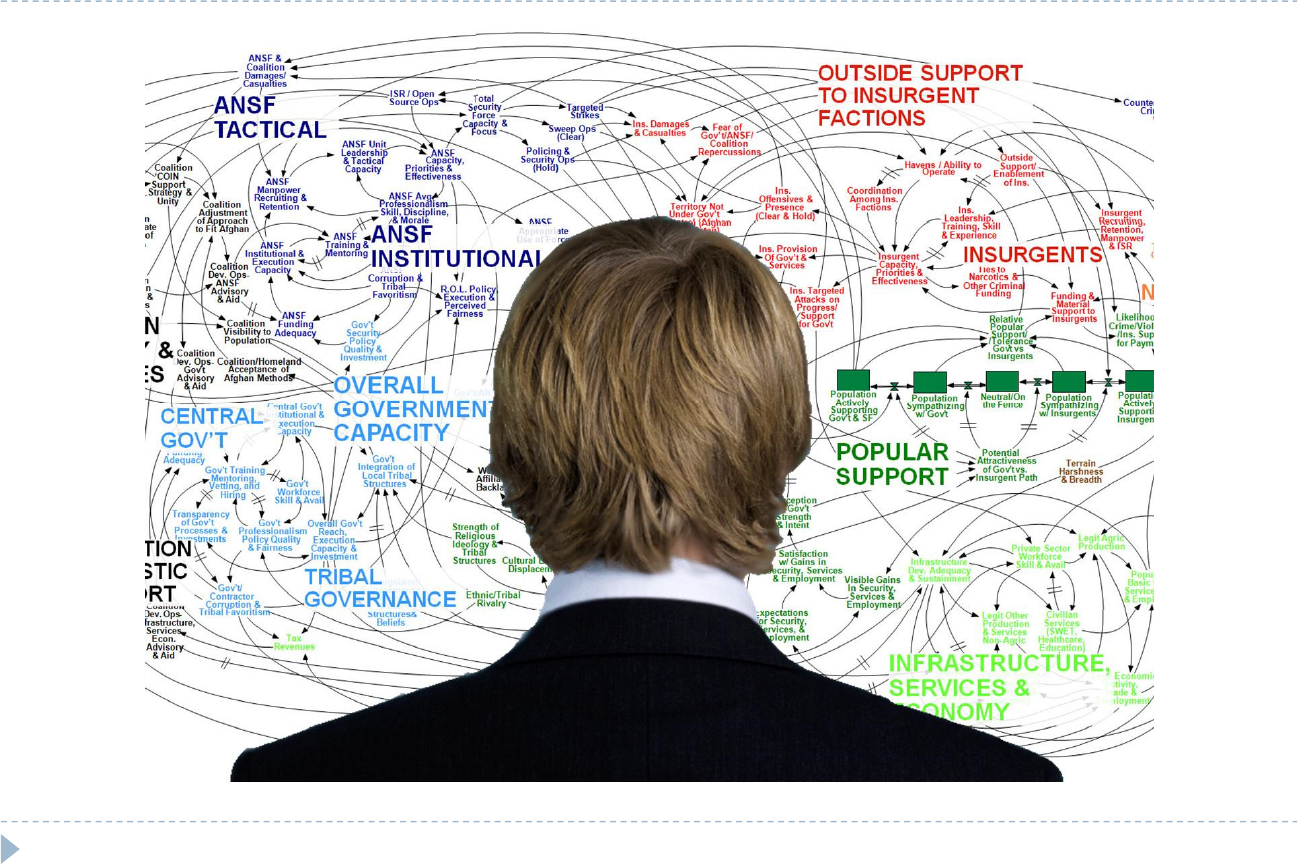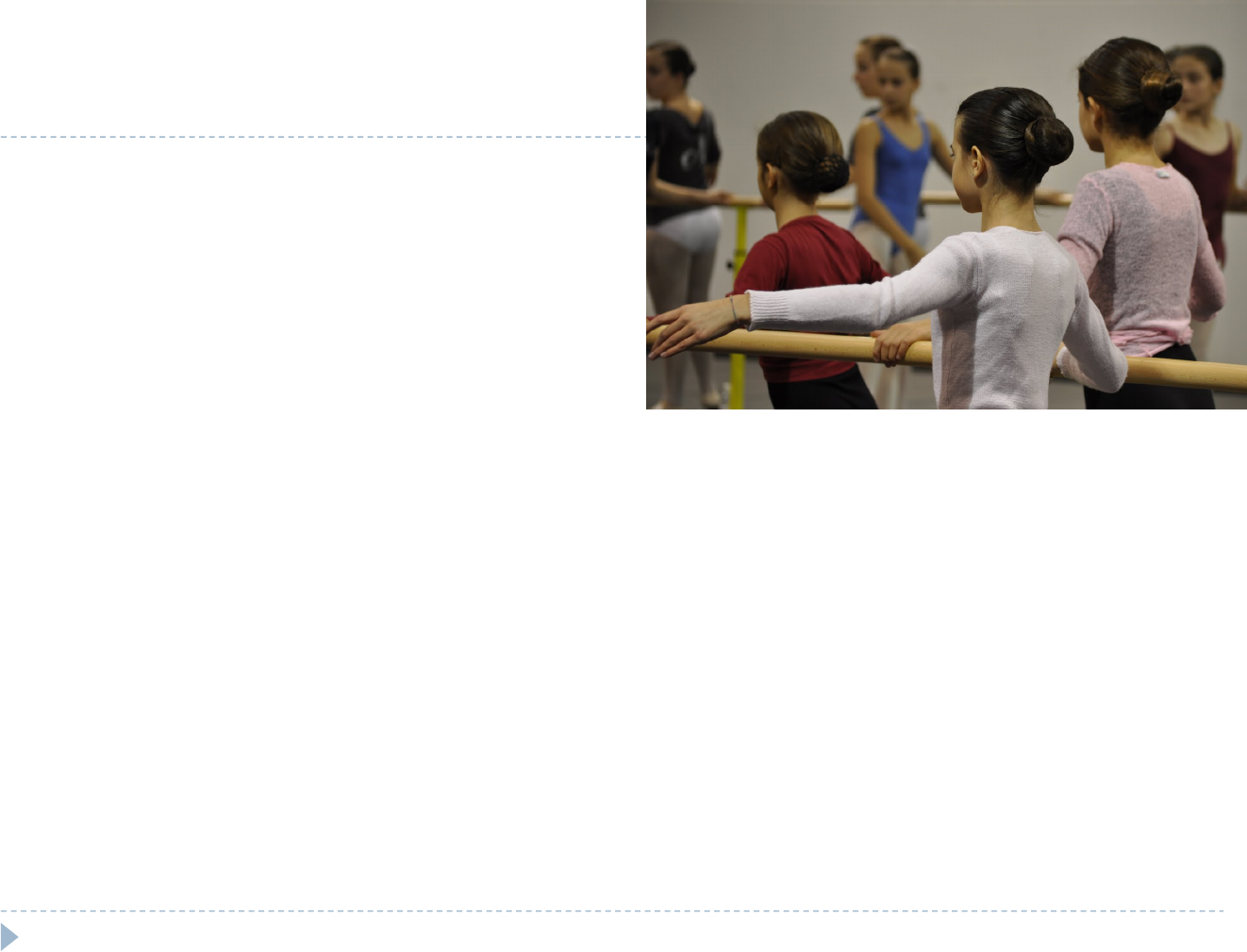
Tips for Presenting Your
Research at Conferences
Marlina Davidson, M.A.
School of Communication

Overview – Academic Presentations
Type of Talk
Organization
Preparing Slides
Presentation Tips
Taking Questions

Type of Talk
Usually 10-20 minutes
Audience is usually students and
academics
Talks are categorized by topic
(remember not everyone will
know about your topic)
Objective is to get people
interested in your work
Don’t have time to present every
detail – Presentation is a “bumper
sticker”

Organization
Similar to a good paper
Golden Rule: Tell ‘em what you’ll tell ‘em, tell ‘em, and tell
‘em what you told ‘em.
Each slide takes 1-2 minutes depending on speaking style

Outline of Conference Presentation
Title/author/affiliation/e-mail address (1 slide).
Motivation (2-3 slides). Similar to first few paragraphs of
paper's introduction. For applied talk describe data and
scientific objectives. For theoretical talk describe problem
and limitations of current approaches.
Outline (0-1 slide).
Background information (1-2 slide).
New Methods (4-5 slides). This is main body of talk. Don’t
just present numbers, but motivate them and interpret
them to give insights.

Outline of Conference Presentation
Results (3-4 slides). Present key results of study or data
analysis. Don’t superficially cover all results; cover key
results well.
Summary (1 slide).
Future work (0-1 slides). Optionally give problems this
research opens up.
Total of 10-15 slides depending on time.

Preparing Slides
Although organization is similar to paper, presentation
style is very different
Slides should convey ideas, not details
Attending seminar isn’t replacement of reading paper
Goal is to present material in visually appealing way so
main points are obvious

Tips for Preparing Slides
Organize slides to emphasize
big picture
Use short, clear bullet points
Don’t use complete
sentences
Fill in details verbally or refer
to your paper
PowerPoint & Power Failure

Tips for Delivery
Practice, practice, practice
Don’t rush through paper
Stay within the time limit
Dress appropriately
Make eye contact with audience
Make sure your presentation makes sense
Don’t apologize for being nervous or unprepared
Check room before hand to become familiar with the
environment
Speak enthusiastically about your research
Practice Like You Mean It

Tips for Delivery
Talk to someone else who has presented or attended a
similar event
Remember all of the bad presentations you’ve seen –
Don’t do those things
Present a polished version of your self
Energetic but not over-bearing
Confident but not cocky
Natural but professional, not like a news anchor
Dress the part

Don’t Be Afraid to Surprise Us

Handling Questions
Always repeat each question so everyone knows what
was asked
Always be respectful
Avoid long one-on-one discussions
Finish by asking person who asked that question if you
answered it sufficiently for them
If you can’t answer questions that’s alright. “That’s a very
good question. I hadn’t thought of that before…”
Offer to research answer, then get back to the questioner later
Suggest resources which would help address question
Ask for suggestions from audience

Resources
Hay, Iain, Kevin Dunn, and Annette Street. Making the
most of your conference journey. Journal of Geography in
Higher Education 29(1): 159-171.
Hill, Mark D. Oral presentation advice. Available from
www.cs.wisc.edu/~markhill/conference-talk.html (last
accessed February 16, 2011)
